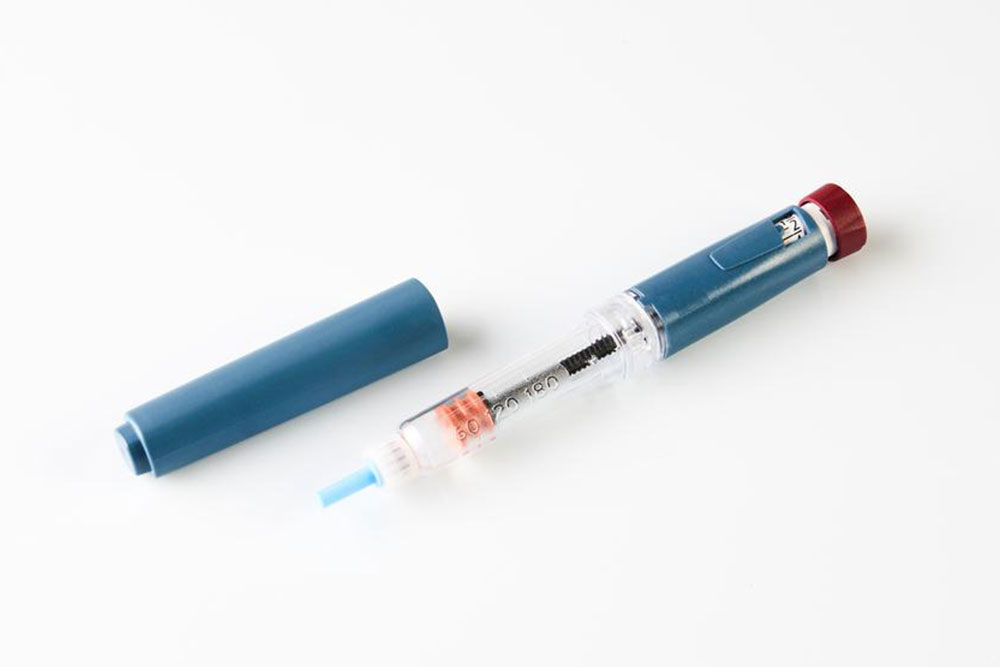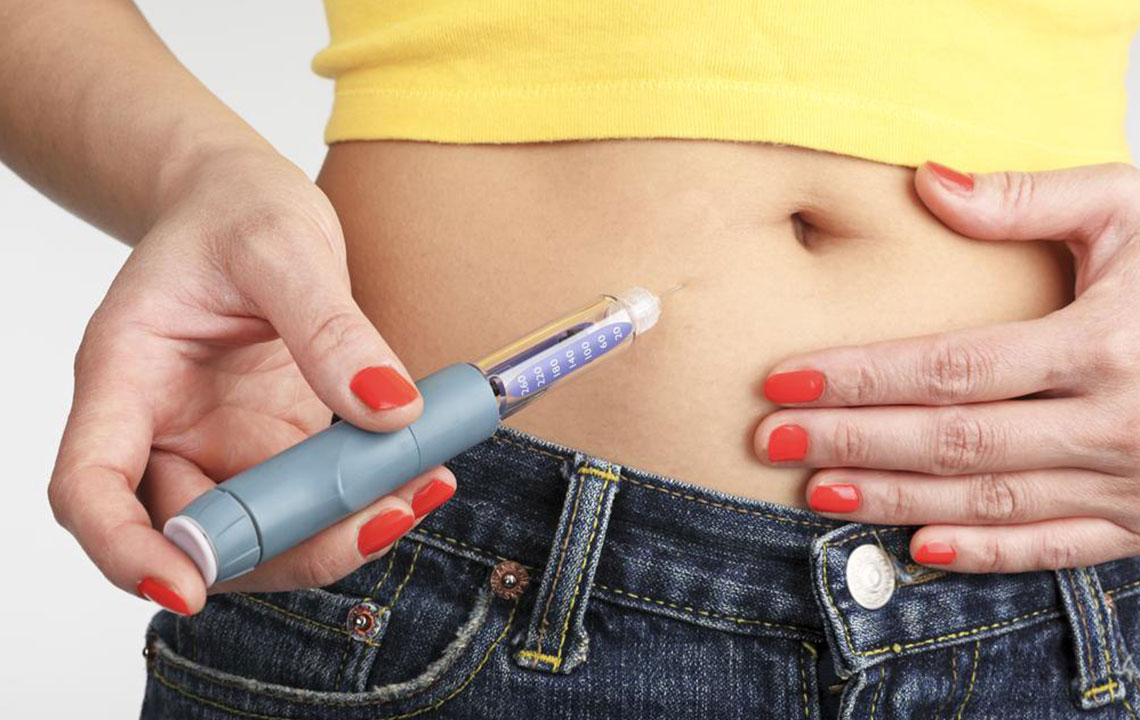Comprehensive Guide to the High Costs of Insulin Pens and Their Value
Insulin pens have become vital tools in diabetes management, balancing convenience, accuracy, and user comfort. Despite their higher price point, their benefits—including precise dosing, ease of use, and portability—justify the investment. This guide explains why insulin pens are worth their cost, how they function, and their advantages over traditional injections, helping patients make informed choices for effective diabetes care.

Why Are Insulin Pen Prices Justified Despite Their Expense?
Diabetes management has become an increasingly prominent health concern in the United States, impacting individuals across all age brackets. As the prevalence of high blood sugar and related complications continues to rise, effective and convenient treatment options are more crucial than ever. Among the various therapeutic tools, insulin remains the mainstay for controlling blood glucose levels, especially for those with type 1 diabetes and advanced type 2 diabetes. In recent years, insulin pens have gained popularity as a user-friendly alternative to traditional insulin injections, transforming routine diabetes care with their advanced design and ease of use.
While insulin pens are often priced higher than standard syringe-based injections, their benefits—such as improved ease of administration, portability, and dosing accuracy—offer significant value to users. This article explores the reasons behind their costs and highlights how these devices improve the quality of life for diabetes patients, making the investment worthwhile.
Understanding the mechanics and benefits of insulin pens can shed light on their high costs.
How Insulin Pens Operate
Insulin pens feature specially designed cartridges usually containing between 4 to 6 milliliters of medication, tailored to cater to different dosage requirements. These pens are built to deliver precise doses of insulin, allowing users to administer injections quickly and comfortably. Unlike traditional syringes that require measuring and drawing insulin manually, insulin pens offer a simplified process—users simply attach a new cartridge, dial in the prescribed dose, and inject directly into the subcutaneous tissue. This method significantly reduces the complexity and discomfort associated with insulin injections.
Primary Benefits of Using Insulin Pens
The primary advantage of insulin pens lies in their user-friendly design. They facilitate easier administration, which is especially beneficial for children, elderly users, or anyone with limited dexterity. Because insulin pens provide accurate dose measurements, they help maintain stable blood glucose levels, reducing the risk of hypo- or hyperglycemia. Their compact size and lightweight design make them highly portable, enabling users to manage their condition discreetly and conveniently on the go.
For individuals who fear needles or experience anxiety during injections, insulin pens offer a less intimidating alternative. The smaller, finer needles are less painful and often result in a more comfortable injection experience. Many modern models come equipped with features like dose memory, allowing users to track their last dose, which improves safety and adherence to prescribed treatment regimens. For instance, the Lantus SoloSTAR 100U/ml insulin pens (pack of five, 3ml each) are priced around $415, reflecting both their advanced technology and the precision manufacturing involved. Additionally, advanced devices like insulin pumps are available for comprehensive diabetes management, offering even greater control and flexibility.





